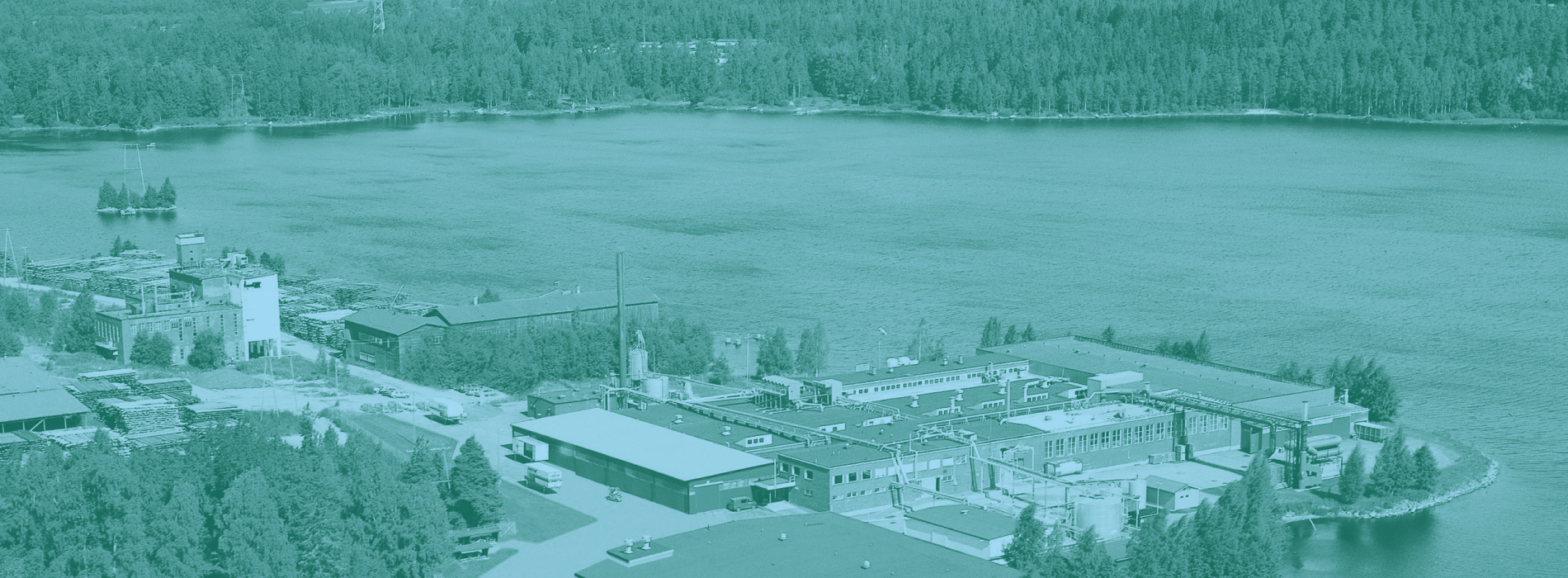
Materializando la sostenibilidad
En línea con nuestro compromiso con la transparencia, el Grupo Formica da un paso adelante en su enfoque hacia la sostenibilidad. Nuestro objetivo es comunicar de manera proactiva los datos sobre nuestro impacto ambiental, así como los planes destinados a mejorarlos en el futuro.
Superficies duraderas y renovables
Desde la invención de su laminado de alta presión en 1913, el objetivo principal del Grupo Formica ha sido desarrollar productos resistentes y de larga duración. La durabilidad no solo prolonga la vida útil de los productos, sino que también minimiza la necesidad de reemplazarlos, lo que contribuye a reducir el consumo de recursos y la generación de residuos, mitigando así su impacto ambiental. Este enfoque es fundamental dentro del proceso circular hacia la sostenibilidad. Además, el material principal de nuestros laminados decorativos es el papel de origen sostenible, una materia prima renovable que refuerza nuestro compromiso con un futuro más responsable.
Group Position Paper
Making Real Impact For Less Impact
Nuestro compromiso con la sostenibilidad sigue las directrices de Broadview, el holding del que formamos parte. Ello significa poner en marcha inversiones para minimizar el impacto ambiental en operaciones y productos y, en consecuencia, reducir nuestra huella. Esta estrategia a largo plazo consta de dos pilares principales: la sustitución de aquellos productos más contaminantes, y la mejora en la eficiencia de nuestros materiales y procesos.
Además de actuar en el proceso de fabricación, nuestro Grupo explora continuamente materias primas que tengan un menor impacto. El laminado Formica® está fabricado con materiales renovables (fibras de madera); pero además Nemho (nuestro centro de excelencia en tecnología), trabaja para aumentar el número de productos renovables, que sustituyan las materias primas de origen fósil por alternativas de base biológica.
Por otro lado, las propiedades duraderas del laminado -resistencia a los arañazos, al impacto, abrasión, sustancias químicas y al calor-, desempeñan un papel estratégico que evitan reemplazar continuamente el producto. Con ello se reduce la utilización de recursos y producción de residuos, así como el impacto ambiental que lleva asociado.
Nuestros proveedores también desempeñan un papel fundamental en nuestra estrategia de sostenibilidad. Promovemos un diálogo activo con ellos para identificar y desarrollar formas de mejorar nuestro compromiso ambiental de manera conjunta.
Asimismo, buscamos apoyar a nuestros clientes en los desafíos que enfrentan en materia de sostenibilidad. Este compromiso está estrechamente ligado a la durabilidad de nuestros productos, diseñados para tener una larga vida útil y minimizar la necesidad de reemplazos, reduciendo así el impacto ambiental.
Si bien somos conscientes de que aún generamos cierto impacto, estamos trabajando de manera activa y comprometida para reducirlo constantemente.

Nuestro enfoque más sostenible
Como parte del holding de división de materiales Broadview, y junto a otras conocidas marcas -Trespa, Arpa, FENIX, Westag, Homapal y Direct Online Services-, la reducción de la huella de carbono es un pilar fundamental de nuestra política de sostenibilidad.

Huella de carbono y sistemas de certificación
Reducir la huella de carbono de nuestros laminados Formica® es fundamental en nuestro camino hacia la sostenibilidad. Mejorar nuestro impacto ambiental no solo es lo correcto, sino también esencial para garantizar la continuidad y el éxito a largo plazo de la marca.
Frequently Asked Questions
We use the cradle-to-gate scope for our on-site Life Cycle Assessments (LCAs), because we focus on the stages that are under our control and that we can influence. We are able to improve our processes to make them more efficient and we are continuously working towards using less impactful raw materials. Moreover, for the lifecycle stages that are after our factory gate, we currently don’t have enough data which requires us to make additional assumptions in terms of the disposal of our laminate sheets. Lastly, we are currently waiting on upcoming regulations and a general consensus on the topic of carbon storage benefits of long-lasting products at the end of their lifetime.
Glossary
- Cradle-to-gate: Refers to a partial life cycle assessment where all inputs (raw materials and energy) and outputs (emissions and wastes) are considered from the extraction of raw materials (cradle) to the product is ready to leave the factory (gate). The use and disposal/re-use phases of a product’s life cycle are not taken into account in cradle-to-gate.
- Cradle-to-grave: Refers to the full life cycle assessment, from the extraction of raw materials (cradle) to the transportation, manufacturing, use, and finally disposal or re-use of the product (grave). All inputs (raw materials and energy) and outputs (emissions and wastes) are considered for all the life cycle stages.
Formica® Laminate Environmental Product Declaration (EPD) at formica.info
